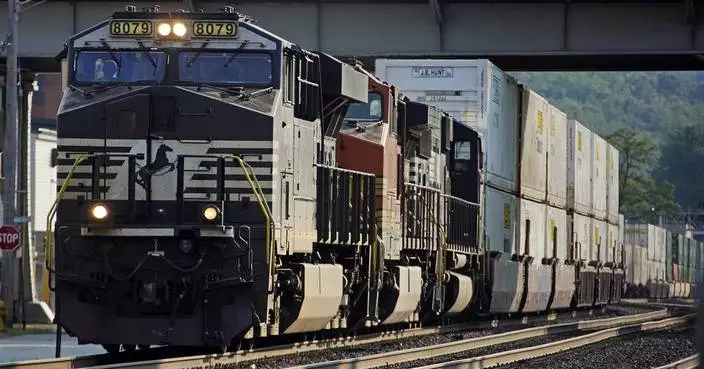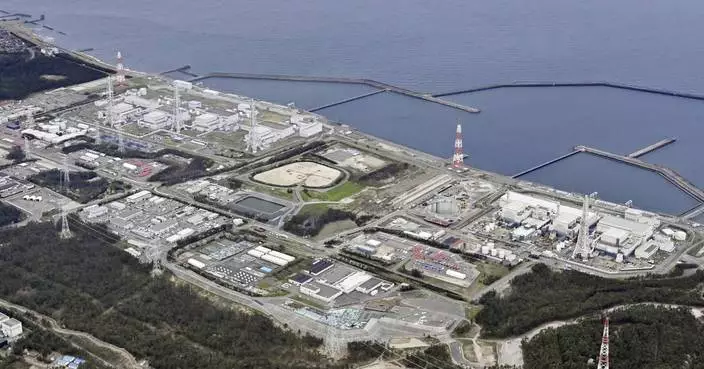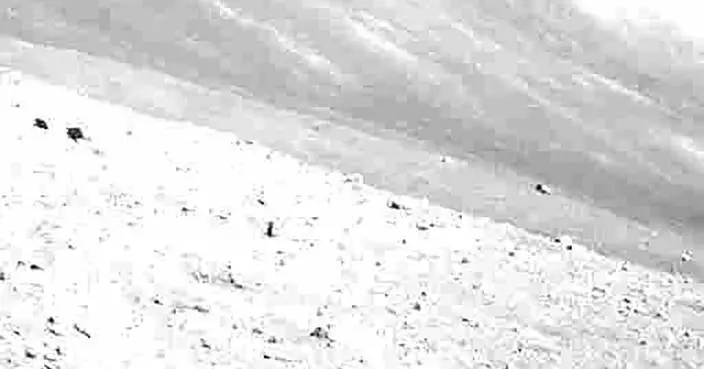Dated 100 years ago, prostitutes during the Meiji period were held in cages to attract customers in Yoshiwara, a center of brothels at that time. Girls as young as seven years old were sold to the brothels as sex workers to repay family debts.


The photos were taken between 1890 and 1900. The prostitutes were mainly from the countryside. Some lucky ones would be given training in etiquette such as Tea Art classes. However most had to stay in the brothels until some wealthy men paid off their debts and kept them as concubines, or they had enough money to buy back their own freedom.
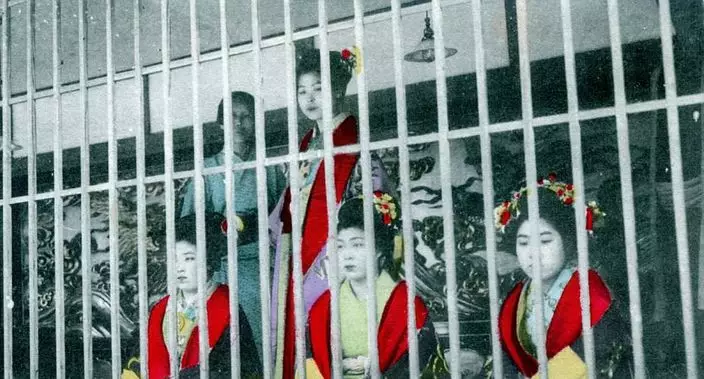
The Nobel Prize Nominee Hideyo Noguchi, whose face is on the current 1000 yen banknote, was a big fan of brothels in Yoshiwara. He was reported to have spent a big sum of money for a night of pleasure. Men with different backgrounds were welcomed, while samurais had to remove their swords before getting in.
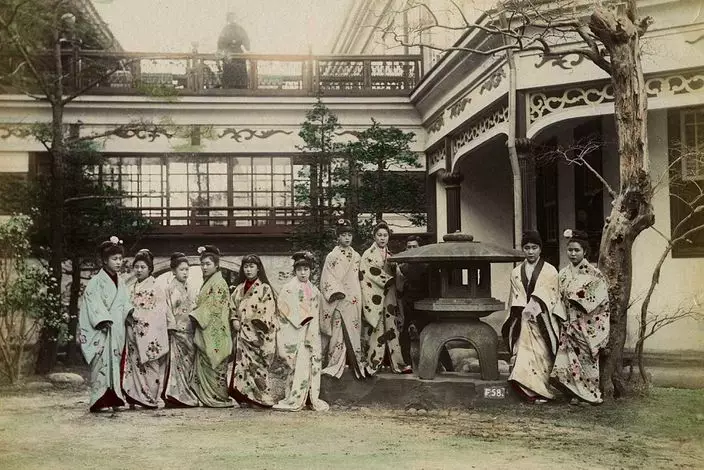
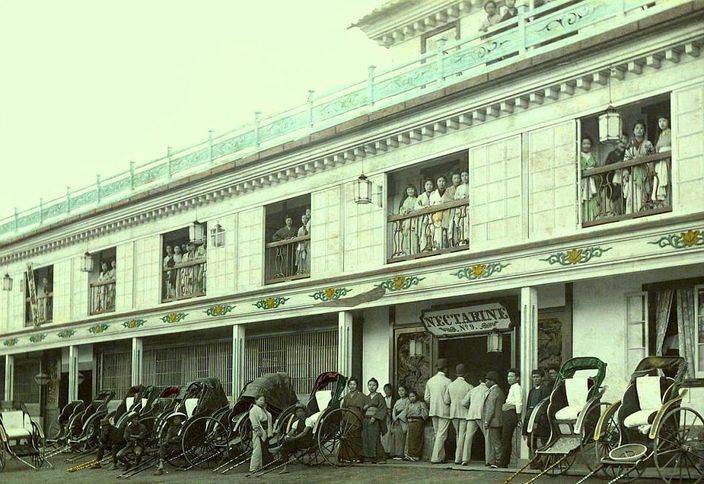 These brothels were called ‘harimise’, where prostitutes had to sit behind the bars and faced the main streets to let customers choose. Since 1903, sex workers were picked and chosen from their photos. And later in 1916, ‘harimise’ brothels were banned.
These brothels were called ‘harimise’, where prostitutes had to sit behind the bars and faced the main streets to let customers choose. Since 1903, sex workers were picked and chosen from their photos. And later in 1916, ‘harimise’ brothels were banned.
TOKYO (AP) — Japan’s space agency announced Friday a plan to launch a major upgrade to its satellite imaging system, as a new flagship rocket is put to the test for a third time.
The Japan Aerospace Exploration Agency that an H3 rocket will be launched from the Tanegashima Space Center, on a southwestern Japanese island, early afternoon on June 30, with a launch window that runs through the end of July.
The rocket will be carrying an Advanced Land Observation Satellite, ALOS-4, tasked primarily with Earth observation and data collection for disaster response and mapmaking, as well as with monitoring military activity, such as missile launches, with an infrared sensor developed by the Defense Ministry. The ALOS-4 is a successor to the current ALOS-2 and can observe a much wider area.
The launch will be the H3's third, coming after a failed debut in March 2023 and a successful launch on Feb. 17. During the first attempt, the rocket's second stage engine did not ignite and the rocket had to be destroyed along with its main payload, a satellite that was supposed to be the ALOS-3.
During H3 No. 2's successful test flight, it carried two commercially-developed observation microsatellites and an ALOS mockup.
JAXA and its main contractor Mitsubishi Heavy Industries have been developing H3 as a successor to its current mainstay, H-2A, which is set to retire after two more flights. MHI will eventually take over H3 production and launches from JAXA and hopes to make it commercially viable.
Japan sees a stable, commercially competitive space transport capability as key to the country's space program and national security.
The 57-meter (187-foot) long H3 rocket is designed to carry larger payloads than the H-2A at about half its launch cost.

FILE - JAXA H3 rocket project managers Masashi Okada, right, and Mayuki Niitsu brief journalists in front of the second stage of a H3 rocket, set for a full-fledged launch later this year after two test flights, inside the Mitsubishi Heavy Industries' Nagoya Aerospace Systems Works Tobishima Plant in Tobishima, Aichi prefecture Thursday, March 21, 2024. Japan’s space agency announced Friday, April 26, that it will launch its new flagship rocket H3 on June 30 carrying an observation satellite for disaster response and security purposes, a key mission that it had failed in its debut flight last year. (AP Photo/Mari Yamaguchi, File)
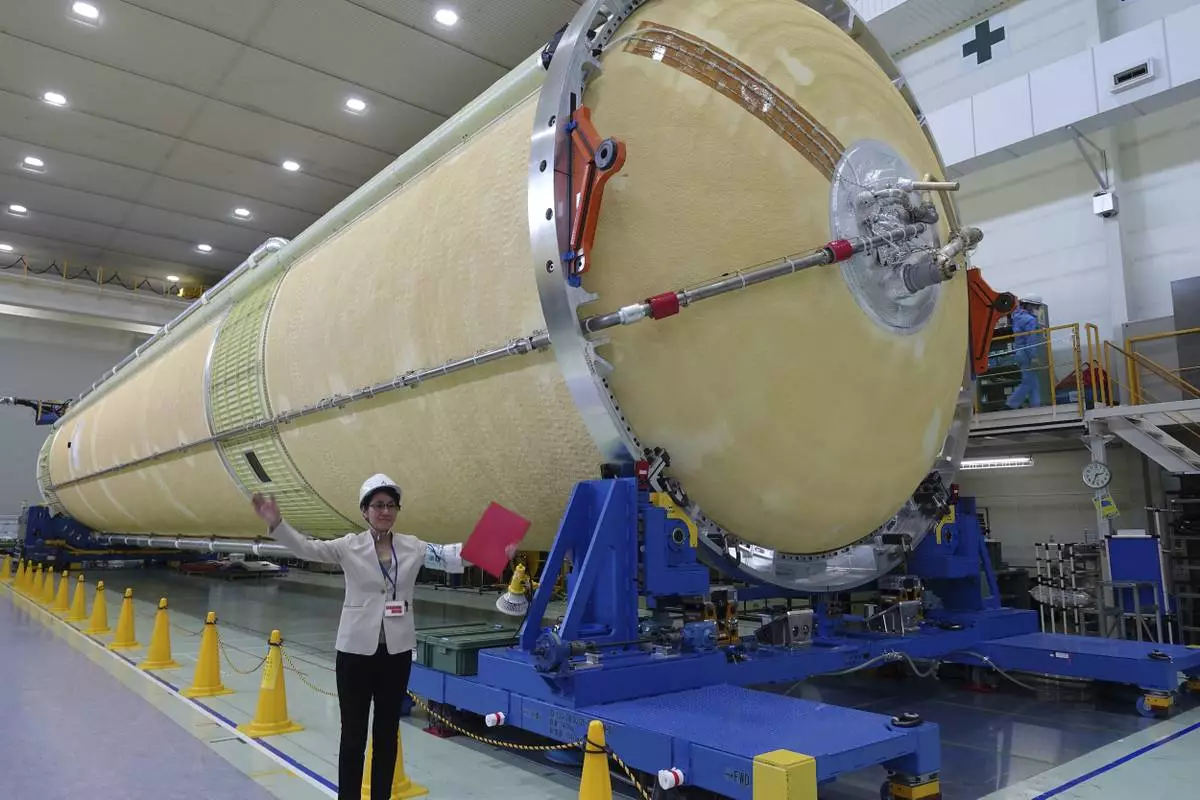
FILE - A Mitsubishi Heavy Industries staff member stands next to the top of the first stage of a H3 rocket, inside the Mitsubishi Heavy Industries' Nagoya Aerospace Systems Works Tobishima Plant in Tobishima, Aichi prefecture Thursday, March 21, 2024. Japan’s space agency announced Friday, April 26, that it will launch its new flagship rocket H3 on June 30 carrying an observation satellite for disaster response and security purposes, a key mission that it had failed in its debut flight last year.(AP Photo/Mari Yamaguchi)




 These brothels were called ‘harimise’, where prostitutes had to sit behind the bars and faced the main streets to let customers choose. Since 1903, sex workers were picked and chosen from their photos. And later in 1916, ‘harimise’ brothels were banned.
These brothels were called ‘harimise’, where prostitutes had to sit behind the bars and faced the main streets to let customers choose. Since 1903, sex workers were picked and chosen from their photos. And later in 1916, ‘harimise’ brothels were banned.







